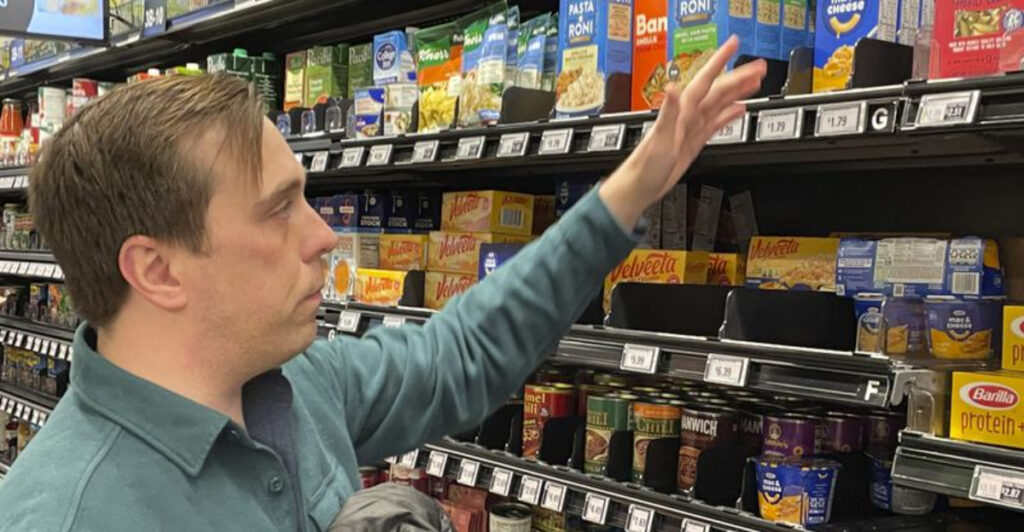Grocery shopping has become a financial nightmare for many families across the country. Food prices have skyrocketed in recent years, forcing shoppers to make tough choices about what stays in their carts. The following items have seen such dramatic price increases that many consumers have simply stopped buying them altogether, finding alternatives or going without these once-common staples.
Eggs Cracked Under Pressure
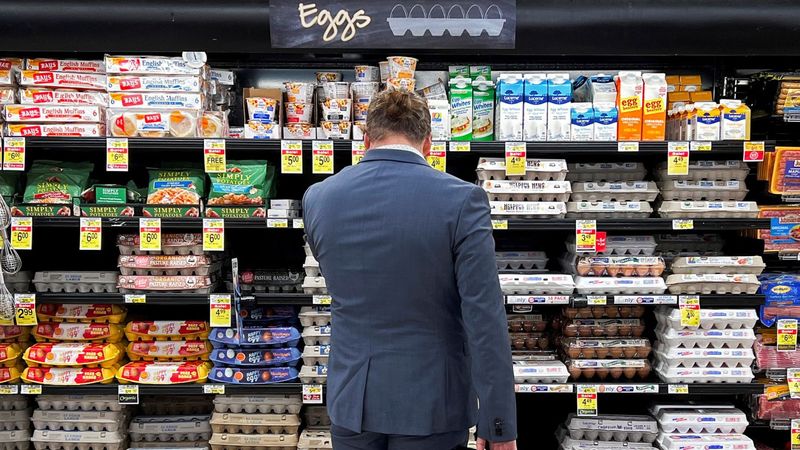
Remember when eggs were the affordable protein? Those days are gone. Avian flu outbreaks decimated flocks nationwide, sending prices soaring by 37% year-over-year. A carton that once cost $2 now commands $5 or more in many regions.
Home bakers feel the pinch most acutely. Many have switched to plant-based substitutes like applesauce or ground flaxseed for recipes. Others simply bake less frequently.
The humble egg has transformed from everyday staple to occasional luxury, leaving breakfast plates and recipe books forever changed.
Cereal Bowls Left Empty
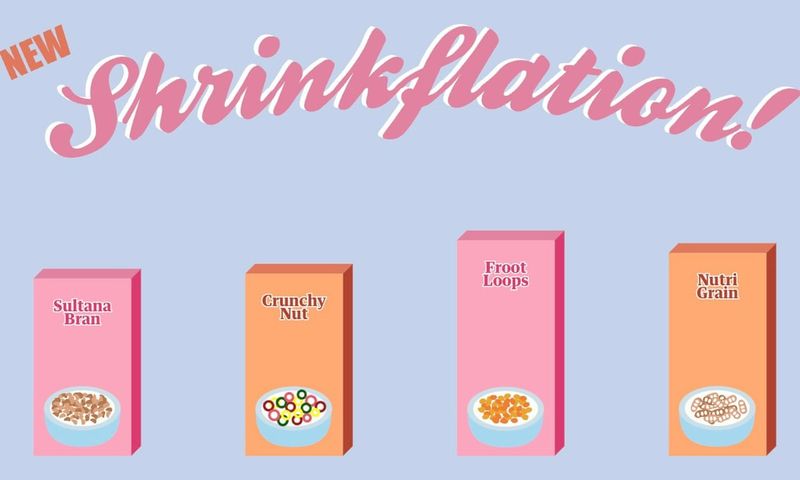
Morning routines have changed dramatically as cereal boxes shrink while prices expand. Major brands now charge upwards of $7 for boxes containing less product than before – a classic case of paying more for less.
Families accustomed to quick breakfast cereals are pivoting to oatmeal, homemade granola, or simple toast. The colorful cereal aisle, once crowded with shoppers, now sees less traffic.
Manufacturers blame rising grain costs and transportation expenses, but consumers simply see another breakfast tradition becoming unaffordable.
Snack Attack on Wallets
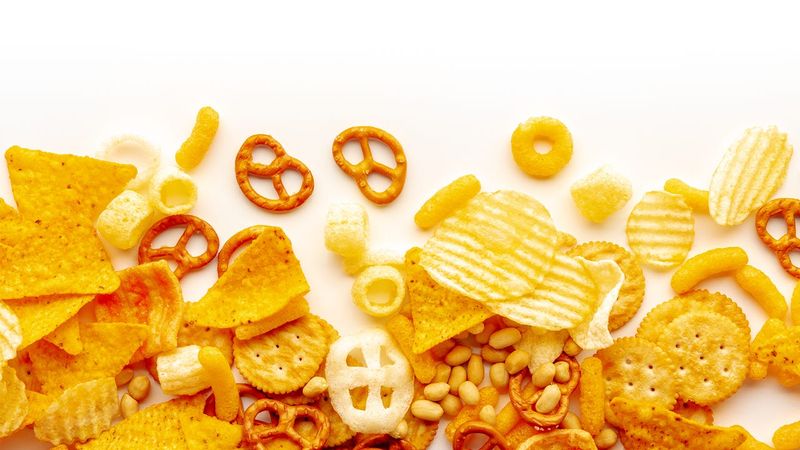
Chips, cookies, and crackers – the beloved pantry staples that once offered affordable comfort – now carry premium price tags. Major companies like Mondelez report volume declines as shoppers cut back on these suddenly pricey treats.
Party hosts increasingly opt for homemade alternatives or simply serve fewer snacks. A bag of chips that once seemed reasonably priced at $2.99 now commands $5.99 or more.
The snack aisle transformation reflects a broader trend: everyday indulgences becoming occasional splurges as budgets tighten across America.
Sodas Losing Their Fizz
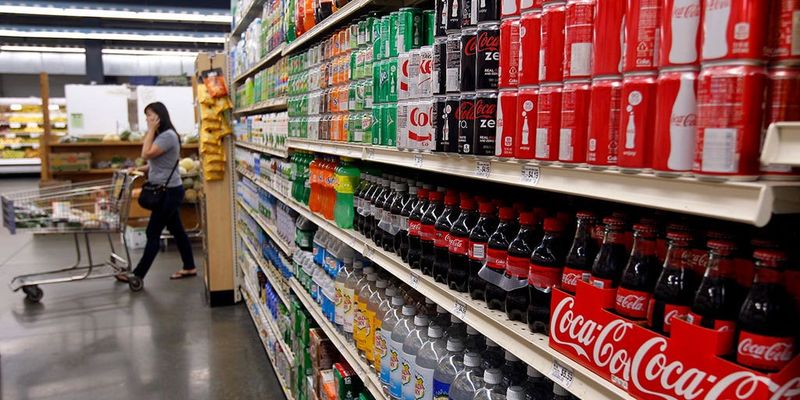
Sugary bubbles now come with bitter price tags. Two-liter bottles and 12-packs of soda have seen relentless price increases, pushing many consumers toward tap water or homemade alternatives.
Budget-conscious families reserve sodas for special occasions rather than everyday consumption. Some have discovered the affordability of store brands or soda-making machines as alternatives.
The health benefits of reduced soda consumption might be welcome, but the financial pressure forcing this change leaves a sour taste for many households used to having these beverages readily available.
Coffee Prices Brewing Trouble
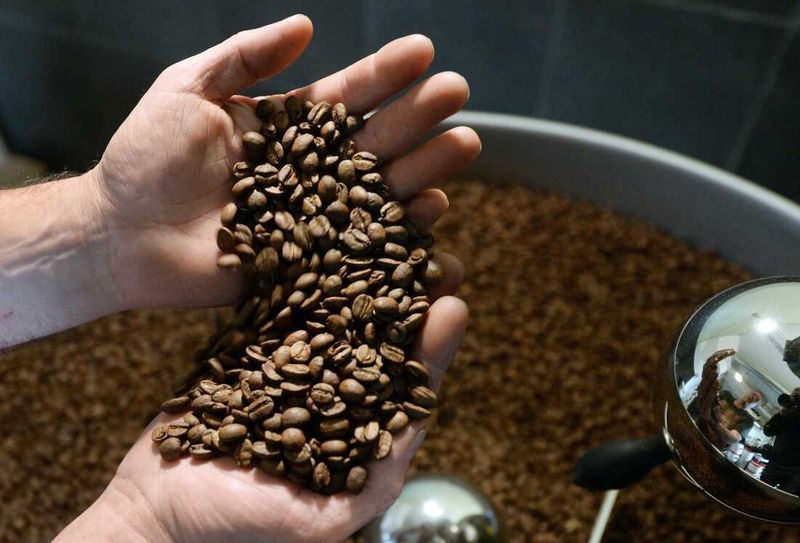
Your morning caffeine fix now comes with sticker shock. Coffee prices have jumped approximately 16% year-over-year, driven by crop disruptions, climate challenges, and supply chain complications.
Specialty coffee shop regulars have cut back on visits, while grocery shoppers increasingly bypass premium brands. Many households now brew at home with more affordable varieties or stretch their coffee by brewing weaker pots.
Some desperate coffee lovers have even switched to tea or caffeine tablets – anything to avoid the pain of paying double for their beloved beans.
Beef Prices Raise the Steaks
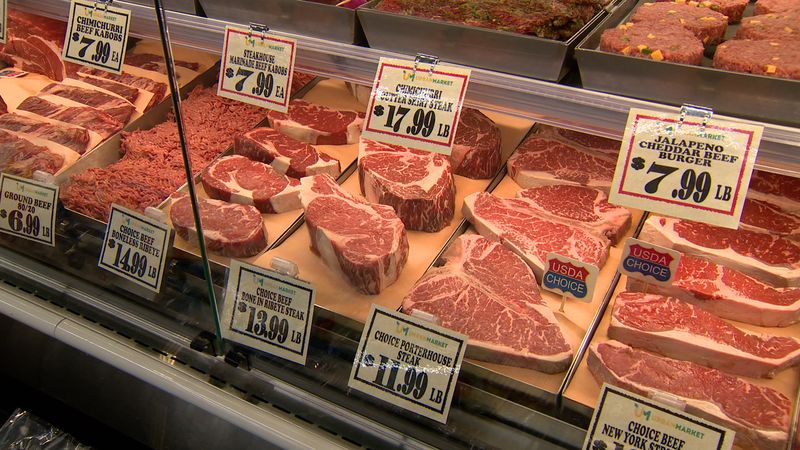
Steak dinners have become special occasion splurges rather than weekly meals for many families. Ground beef prices have nearly doubled in some markets, while premium cuts reach restaurant-level pricing at regular grocery stores.
Supply tightening, reduced slaughter rates, and skyrocketing feed costs all contribute to the problem. Many shoppers now choose chicken, pork, or plant-based alternatives instead.
Butchers report customers requesting smaller cuts or cheaper alternatives, while sales of beans, lentils and other plant proteins rise as budget-conscious consumers seek protein elsewhere.
Cheese Costs Grating on Shoppers
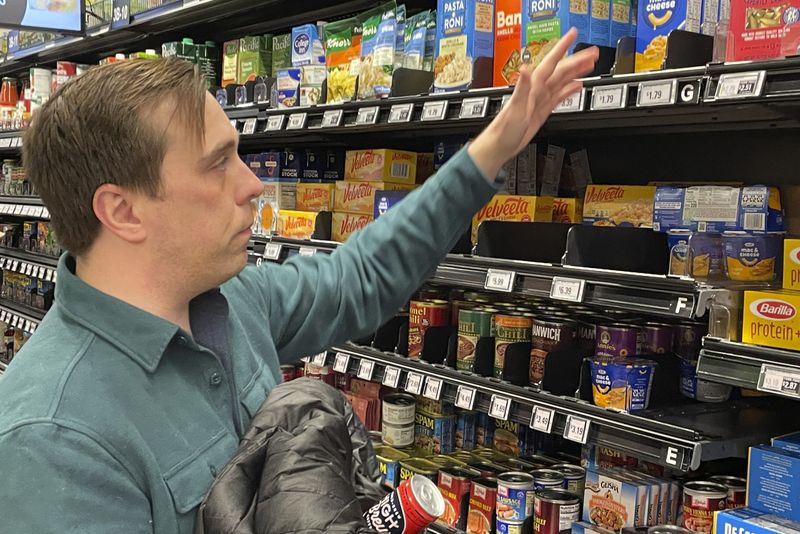
Cheese lovers face painful choices in the dairy aisle. Premium varieties like aged cheddar and specialty imports have seen the steepest increases, with some prices doubling since 2020.
Pizza night at home costs substantially more when cheese alone adds $10+ to the grocery bill. Budget-conscious shoppers increasingly choose store brands, pre-shredded options, or simply use less cheese in recipes.
The dairy case, once a source of affordable protein and calcium, now represents a significant budget consideration for families trying to manage rising food costs.
Yogurt’s Culture Shock
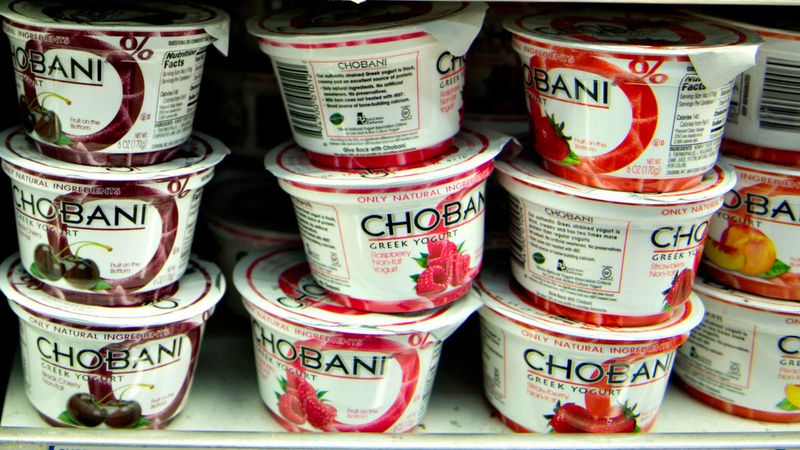
Individual yogurt cups deliver less product at higher prices, frustrating loyal consumers. What once cost around $1 per cup now approaches $2, while container sizes have shrunk from 8 ounces to 5.3 ounces in many cases.
Parents who relied on yogurt as a healthy snack for kids now buy it less frequently or switch to larger tubs to save money. Some have turned to making homemade yogurt with milk and starter cultures.
The combination of shrinkflation and price hikes makes yogurt’s value proposition increasingly questionable for budget-conscious shoppers.
Butter’s Slippery Price Slope
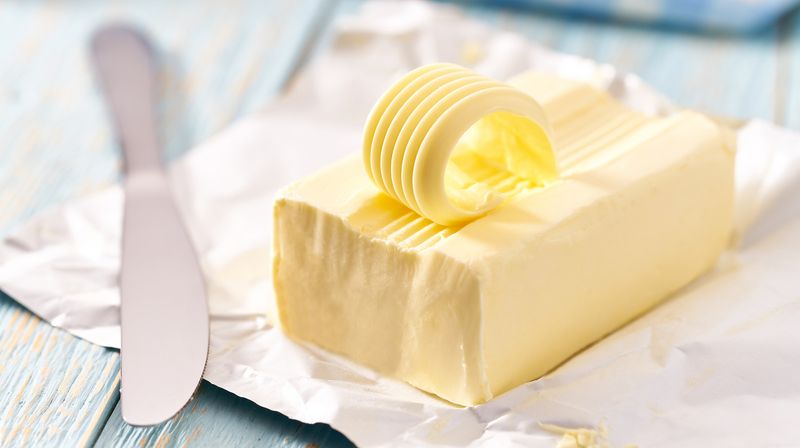
Bakers feel particular pain at the dairy case where butter prices have doubled or even tripled in some regions. A pound of butter that cost $3-4 in 2020 now commands $7-9 in many stores.
Global dairy shortages, feed costs, and transportation issues all contribute to the problem. Many cooks reluctantly switch to margarine, vegetable oils, or shortening for recipes.
Holiday baking seasons feel the impact most acutely, with traditional cookie recipes requiring multiple sticks of increasingly precious butter – leading many to scale back their baking traditions.
Juice Prices Squeeze Consumers

Orange juice leads the juice aisle price surge, with costs jumping dramatically due to Florida crop failures and citrus disease. A half-gallon carton that once cost $3-4 now routinely sells for $7-8.
Families accustomed to morning juice now dilute it with water, save it for special occasions, or switch to less expensive alternatives. Some have discovered making infused water with fruit slices as a budget-friendly option.
Climate challenges suggest juice prices won’t return to previous levels anytime soon, permanently altering breakfast habits across the country.
Frozen Meals Heat Up Expenses
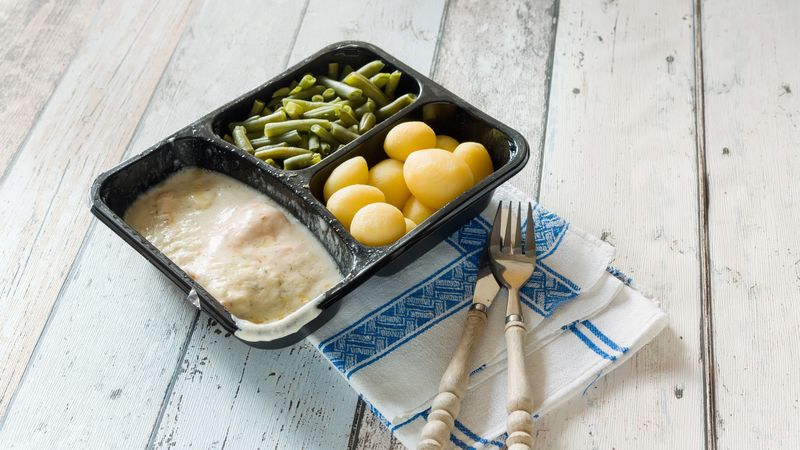
Convenience now comes at a premium cost. Frozen dinners and prepared meals that once offered affordable alternatives to takeout now rival restaurant pricing, with single-serving options often exceeding $7-8 each.
Working parents who relied on these quick meal solutions increasingly cook from scratch or batch-prepare homemade freezer meals instead. The irony isn’t lost on shoppers: these products designed to save time now cost too much to justify the convenience.
Many consumers report feeling trapped between expensive takeout and increasingly costly frozen alternatives.
Ice Cream’s Cold Reality

Summer’s favorite treat delivers less satisfaction at higher prices. Premium brands now charge $7-9 for containers that have shrunk from half-gallons to quarts or even smaller sizes.
Families increasingly view ice cream as an occasional treat rather than a pantry staple. Many have turned to making homemade versions or creating “nice cream” from frozen bananas and other fruits.
The double punch of shrinking containers and rising prices makes the ice cream aisle particularly frustrating for shoppers who remember more generous sizing and reasonable prices just a few years ago.
Seafood Swims to Luxury Status
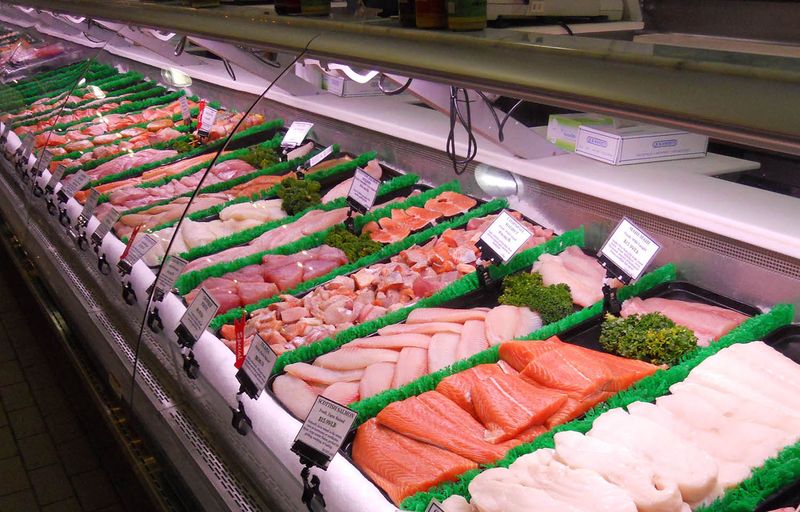
Fish counters increasingly resemble jewelry displays with their premium pricing. Salmon fillets command $15-20 per pound in many markets, while shrimp packages routinely exceed $12-15 for modest quantities.
Both wild-caught and farmed seafood have seen dramatic price increases, pushing these protein sources beyond reach for many families. Budget-conscious shoppers increasingly turn to canned tuna, sardines, or frozen fish sticks as affordable alternatives.
The health benefits of regular seafood consumption now compete with household budget realities, forcing difficult nutritional compromises.
Bacon’s Sizzling Price Tag
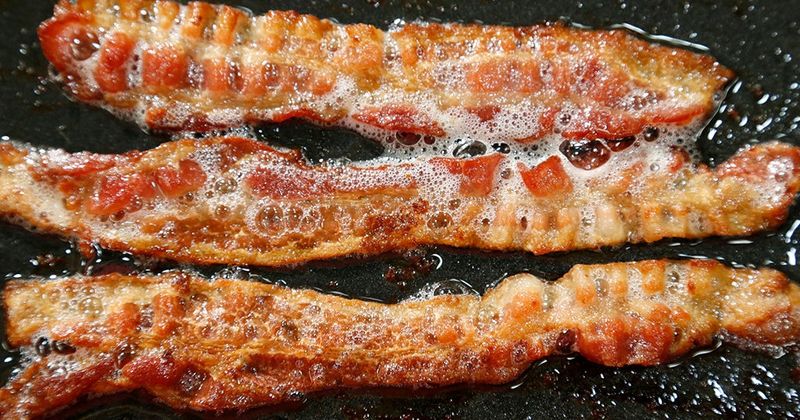
Weekend breakfast traditions face reconsideration as bacon prices reach unprecedented levels. Standard packages now routinely exceed $8-10, with premium varieties commanding even more.
Many households now treat bacon as a special occasion item rather than a breakfast staple. Some have switched to turkey bacon or plant-based alternatives, while others simply use smaller amounts as flavor accents rather than main components.
The distinctive aroma of bacon cooking on weekend mornings has become less common as families adjust their menus to accommodate tighter food budgets.
Avocados’ Pricey Reputation Grows
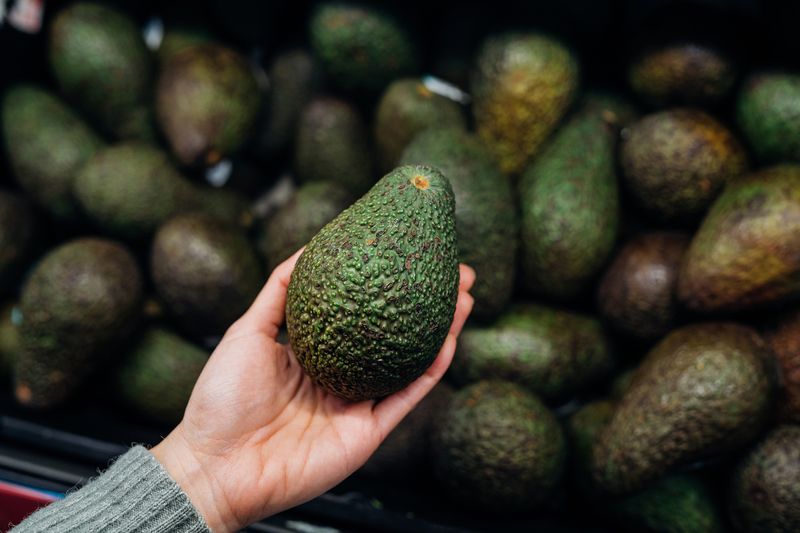
Guacamole has become a luxury at many gatherings. Avocado prices have surged due to weather challenges, water shortages, and transportation costs, with individual fruits often commanding $2-3 each.
The once-popular avocado toast now represents a significant expense rather than an everyday breakfast option. Many restaurants have added surcharges for avocado additions, reflecting the higher wholesale costs.
Budget-conscious consumers increasingly substitute with hummus, bean dips, or other spreads that deliver similar nutritional benefits without the premium price tag.
Plant-Based Alternatives Plant Budget Problems

Ironically, products designed to be sustainable for the planet prove unsustainable for many household budgets. Plant-based milks, meat alternatives, and other specialty vegan products command premium prices that continue to rise.
A half-gallon of oat milk routinely costs double the price of conventional dairy milk. Many consumers who adopted these products for ethical reasons now struggle to justify the expense.
Some have turned to making homemade versions of plant milks or focusing on naturally plant-based whole foods instead of processed alternatives.
Pre-Cut Convenience Costs Extra
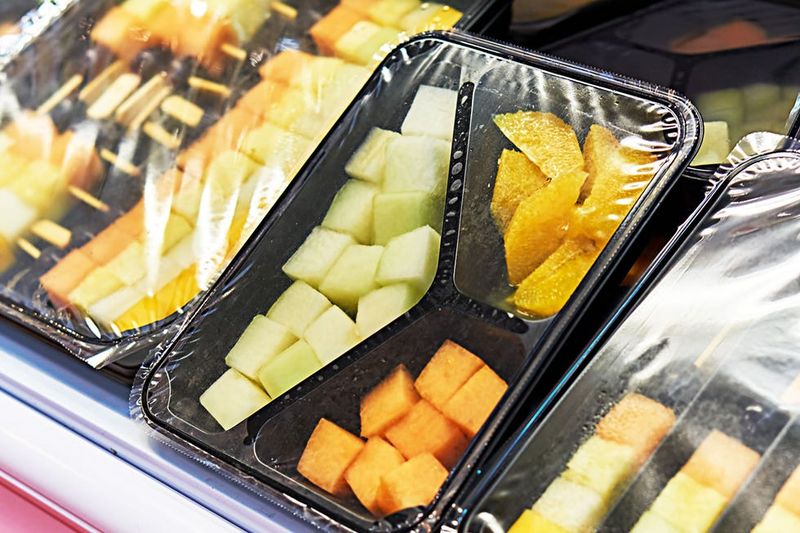
Time-saving comes with a hefty markup in today’s grocery stores. Pre-cut vegetables, cubed cheese, sliced fruits, and other prepared ingredients now carry such premium prices that many shoppers simply can’t justify the convenience.
A container of pre-cut pineapple chunks might cost three times more than a whole pineapple. Budget-conscious consumers increasingly invest in basic kitchen tools and set aside time for food preparation.
The hidden benefit? Many discover that freshly cut produce actually tastes better and stays fresh longer than the pre-cut versions they once relied upon.

